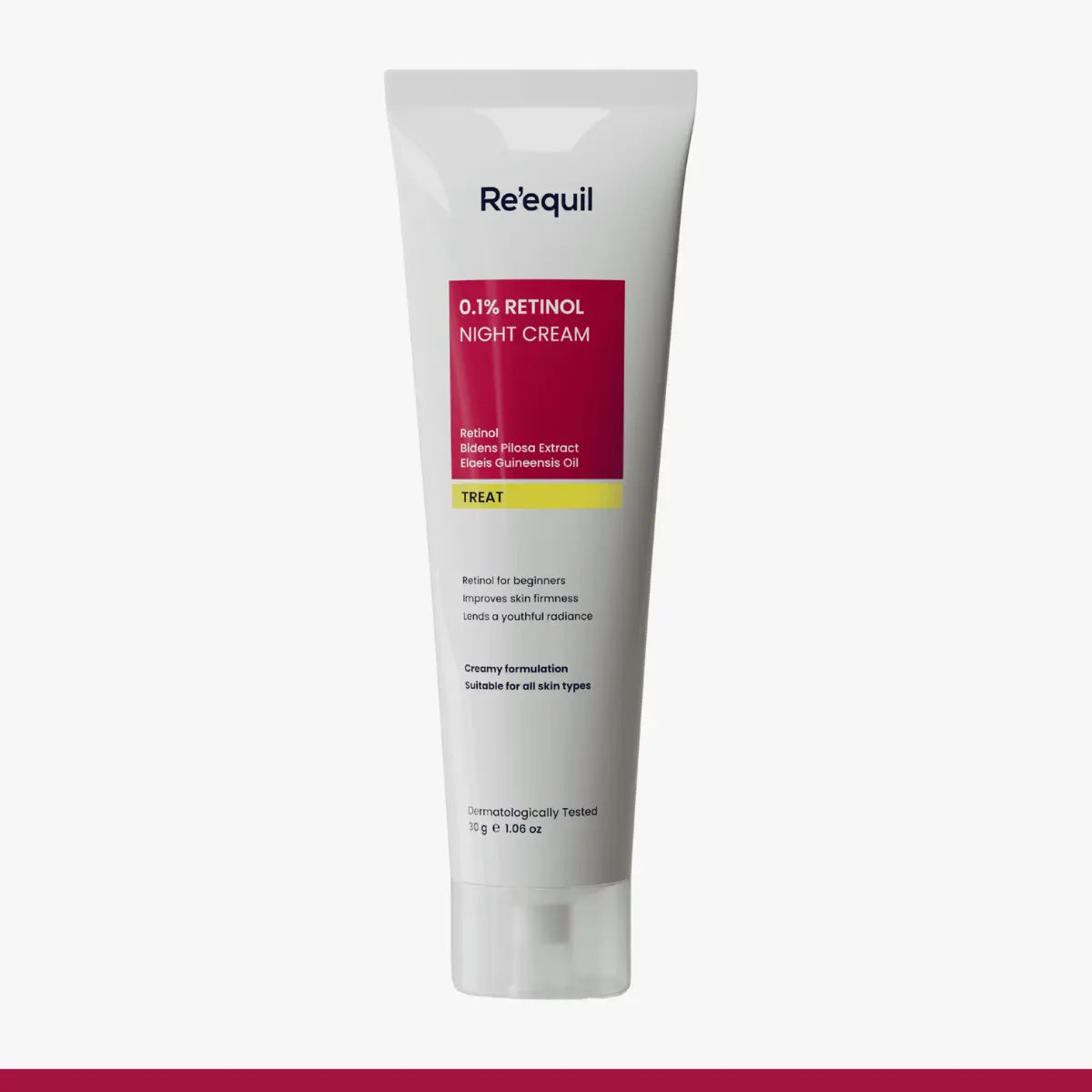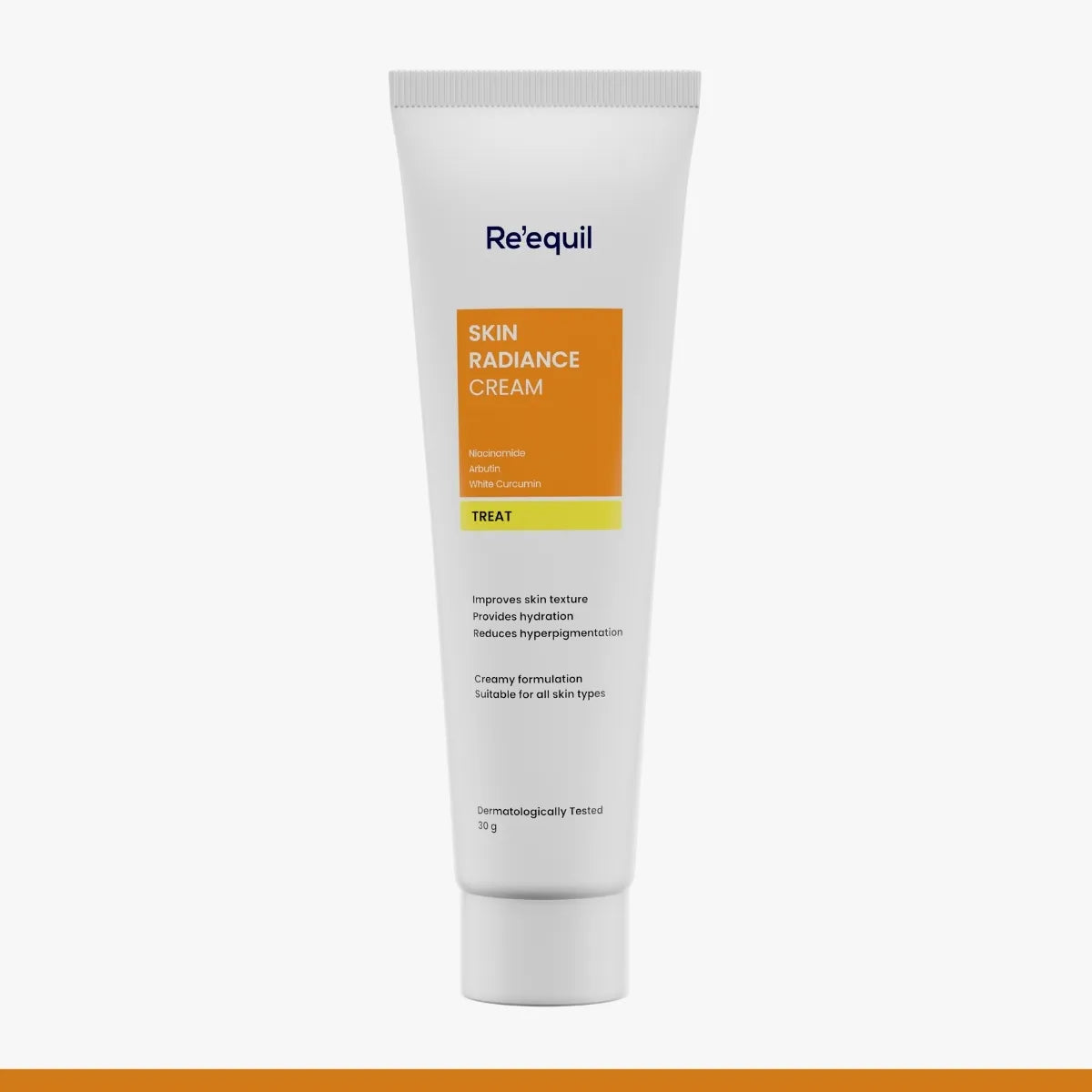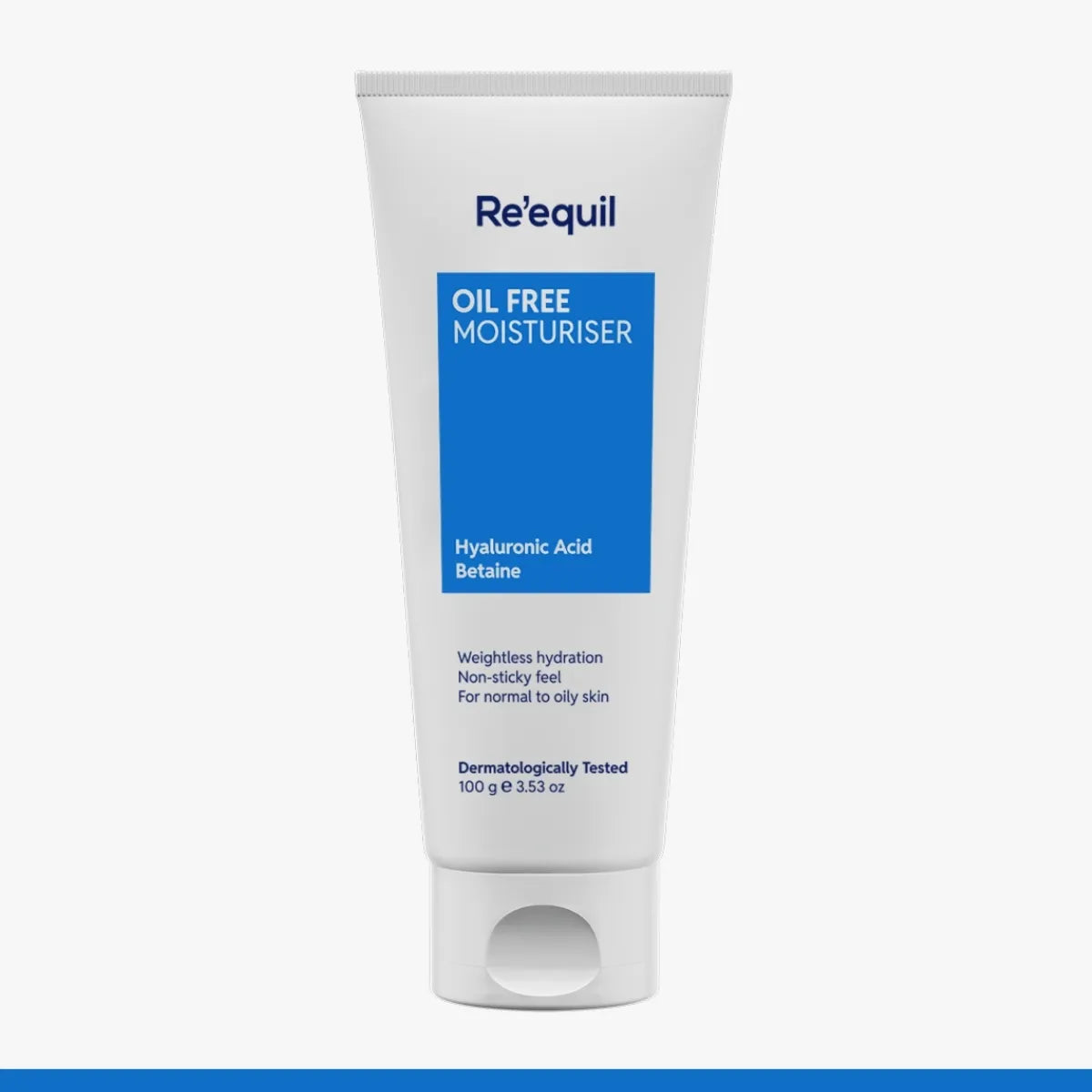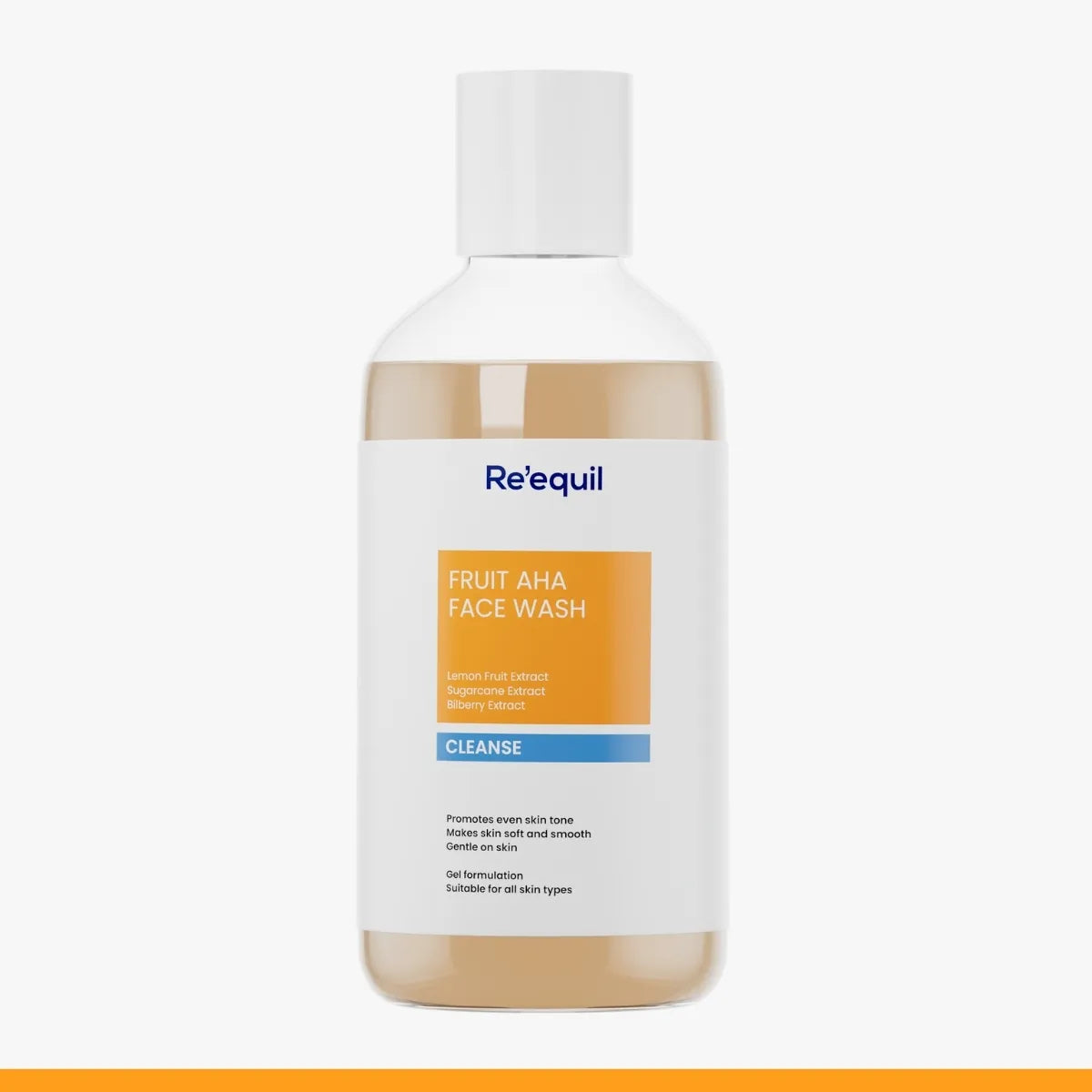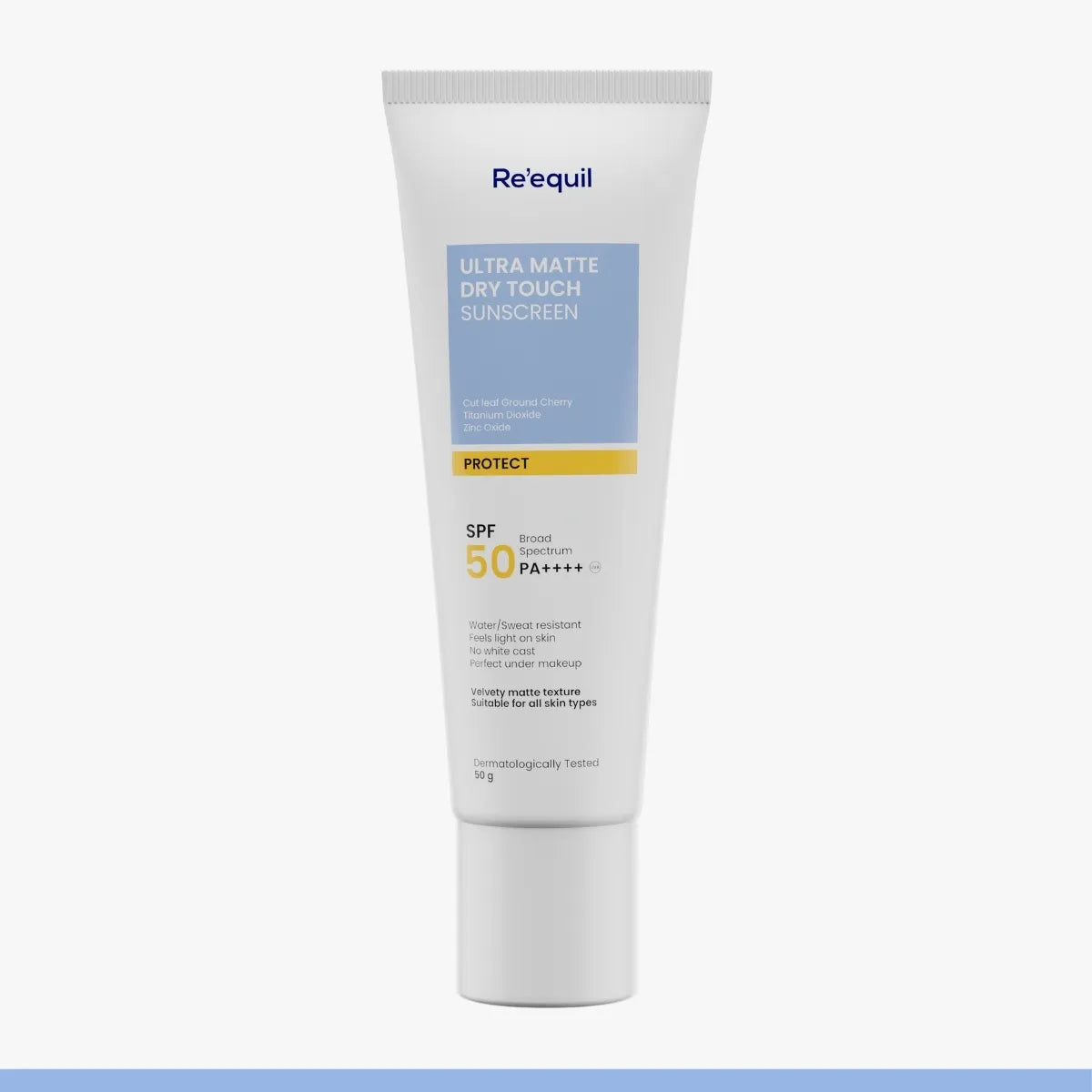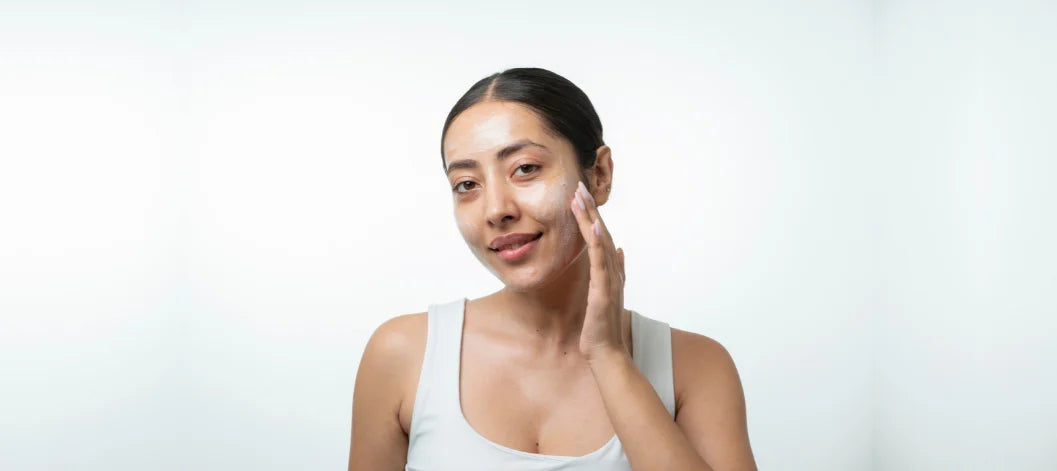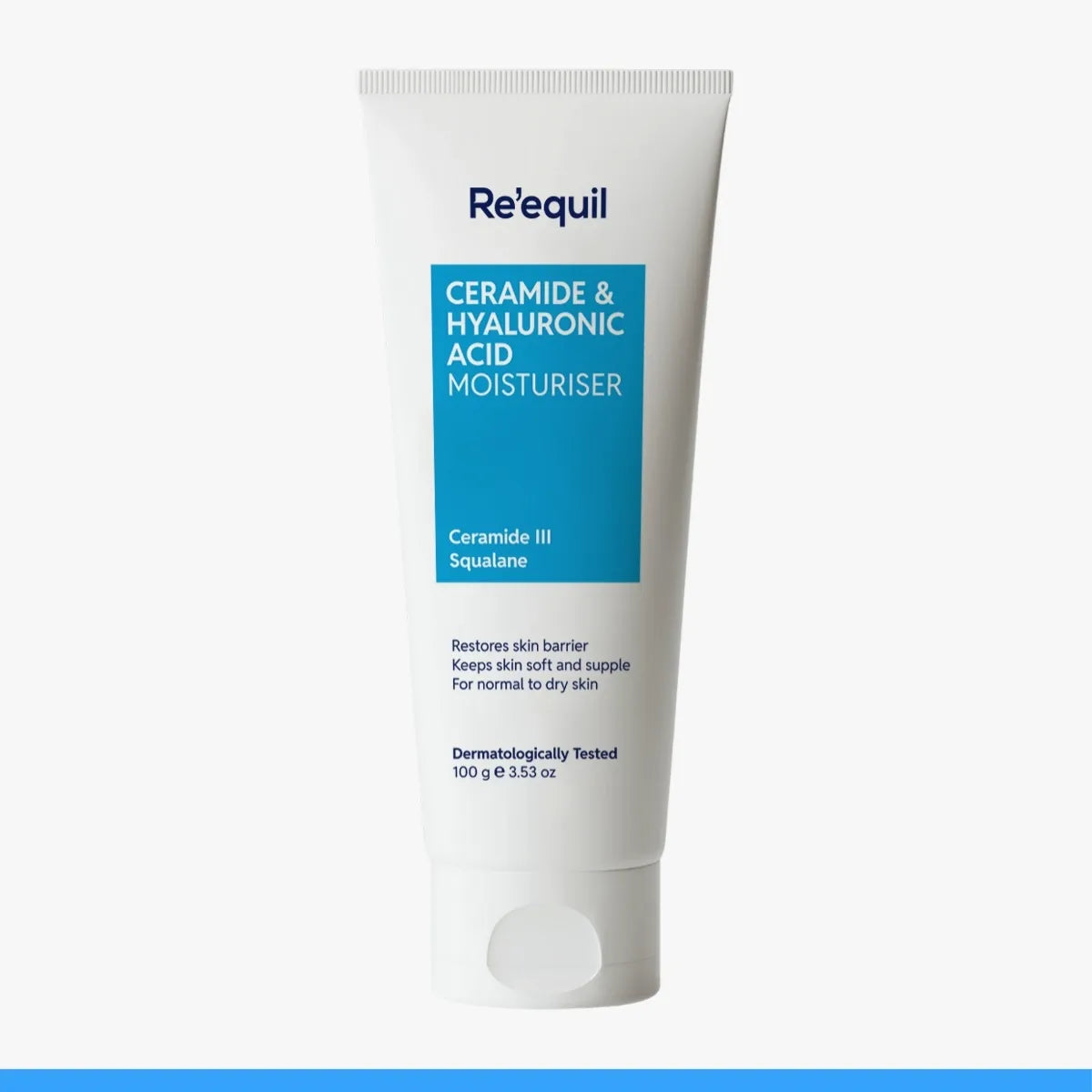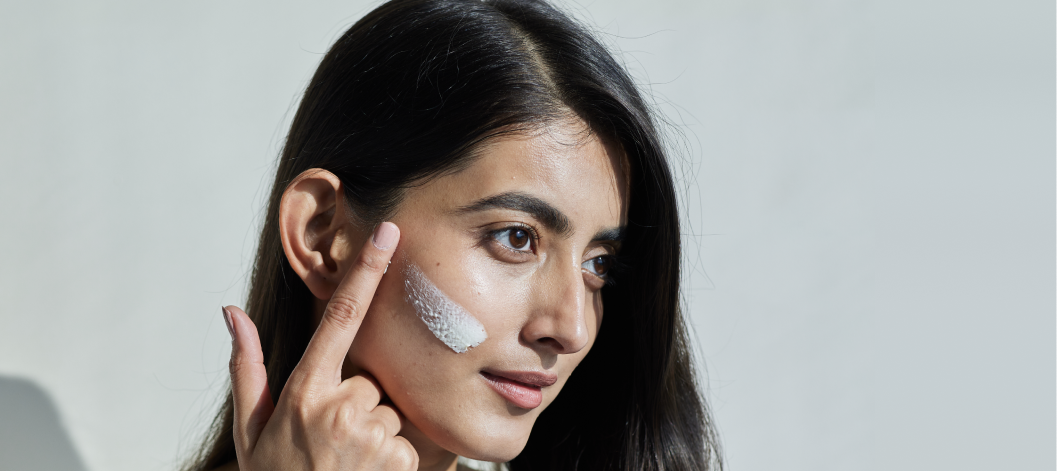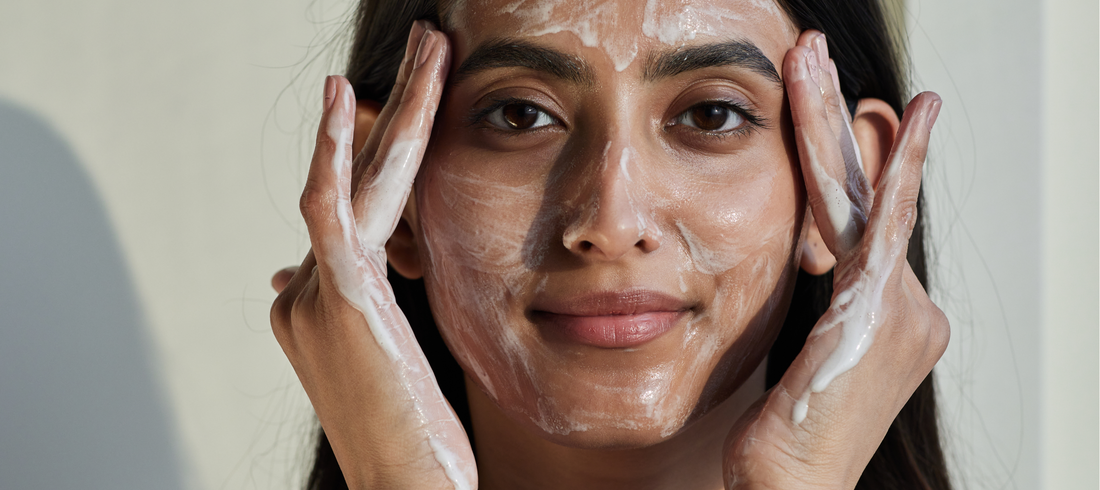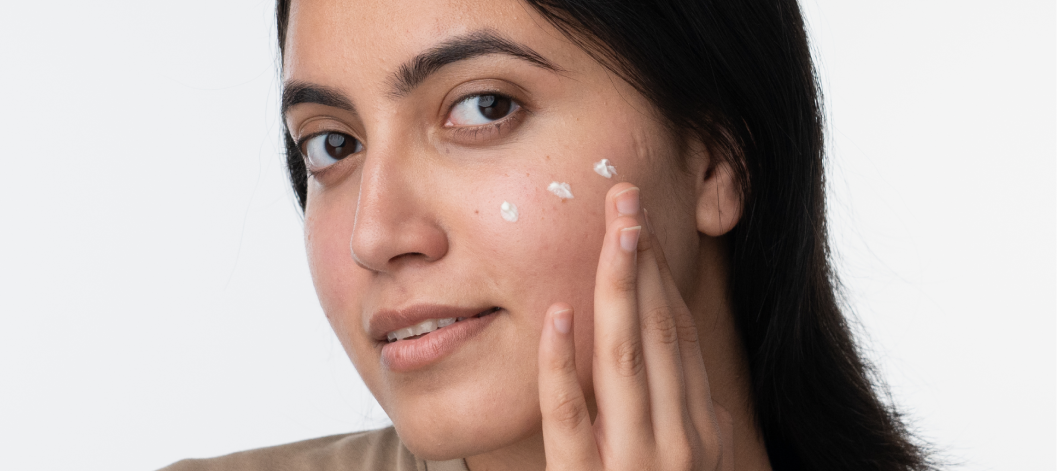That post-workout feeling—ahhh!
Release of stress hormones—leading to a much-needed change in mood—exercising is truly therapy.
And, if you are someone who workouts everyday—or quite often—you’d understand the need for post-workout care.
From diet to regular stretching—post-workout ritual is a process in itself.
But, there is one thing we (at least me!) forget to do post-workout.
Taking care of skin. When you workout, the sweat produced by the body mixes with dead skin cells, oil, and environmental pollutants like dirt and bacteria.
If not washed-away—it can lead to clogging of pores—which can further very easily lead to breakouts.
Washing your face isn’t enough either—it’s the ideal time to do a post-workout specified skincare routine.
Let’s break down why post-workout skincare is non-negotiable—and how to do it right.
Why is post-workout skin care routine so important?
Your skin did a workout too
You worked up a sweat, burned calories, and maybe even beat a personal record.
But while your muscles were hustling, your skin was too — regulating temperature, excreting waste through sweat, and catching every particle of dirt the air could throw at it.
It needs to be cleaned, soothed, and rehydrated to stay healthy and balanced.
This isn’t about following trends — it’s about giving your skin what it actually needs.
Sweat is not the problem — it’s what is left behind
Let’s clear one thing up: sweat isn’t the problem.
In fact, it helps cool your body and flush out toxins.
But when it dries, it leaves behind salt, urea, and grime — basically, a crusty layer of “please wash me” on your skin.
If you don’t cleanse it off?
You’re inviting clogged pores, blackheads, and bacterial growth.
The side-effects of skipping the skincare routine post-workout
Ignoring post-workout skincare doesn’t just cause breakouts.
It can trigger a slow breakdown of your skin barrier — the protective layer that keeps your skin healthy.
Over time, this can lead to:
- Random flare-ups (even if your skin was "normal" before)
- Persistent redness or irritation that seems to come out of nowhere
- Your skin might get really oily during the day and feel dry later — a clear sign that it’s out of balance.
You don’t need 10 steps — just a customised routine that’s effective
It’s all about understanding that your skin changes after you work out — and responding to that shift the right way.
Cleanse gently, soothe what’s stressed, and bring the hydration back. Simple, intentional, and effective.
So what exactly should you do after a workout? Let’s break down the steps that actually matter.
Quick and effective skincare routine post your workout
1. Start with clean hands — yes, actually
Before you touch your face, grab a cleanser, or reach for a towel, wash your hands.
It sounds small, but skipping this step means you’re rubbing gym bacteria directly into your pores.
Quick rinse won’t cut it—use soap and take 20 seconds.
Think of it as resetting the hygiene level before anything else touches your skin.
2. Don’t wait to shower
Sweaty skin is a magnet for bacteria and grime.
The longer it sits there, the more likely it is to cause breakouts, body acne, or irritation.
Rinse off as soon as possible.
Make sure to clean sweat-prone areas: back, chest, underarms, and scalp line. No scrubbing. Just thorough cleansing.
3. Wash your face with a gentle cleanser
Skip the foaming, fragrance-loaded face washes.
Post-workout, your skin barrier is already in recovery mode.
Use a mild, non-drying cleanser to remove sweat, oil, and buildup—without stripping away the essential oils your skin needs to heal.
Massage gently, rinse well, pat dry. No need for double cleansing unless you were wearing makeup.
4. Apply a soothing serum
Use a calming serum with ingredients like Hyaluronic Acid or Niacinamide. These help reduce redness, soothe irritation, and restore your skin's balance.
5. Don't skip the moisturiser
This isn’t optional. Whether you have dry, oily, or “I-don’t-know-what’s-happening” skin, you need to seal in hydration.
Go for a moisturiser that supports barrier repair. It should feel like your skin is back to normal—not tight, not greasy, just right.
6. Morning workout? Sunscreen. Always.
If you worked out before noon, you need sunscreen before stepping outside.
Even if it’s cloudy. Even if you’re “just driving home.” Post-workout skin is more vulnerable to sun damage—don’t skip this.
Look for a lightweight, non-comedogenic sunscreen that won’t feel heavy or sticky on freshly-cleansed skin.
7. Don’t forget your haircare routine
Sweaty scalp? Don’t ignore it. Rinse your hair or use a gentle shampoo if your scalp gets greasy or itchy.
If you’re short on time, at least towel-dry and let your scalp breathe—don’t tie up wet hair.
Avoid loading your scalp with dry shampoo; it clogs follicles and leads to buildup fast.
